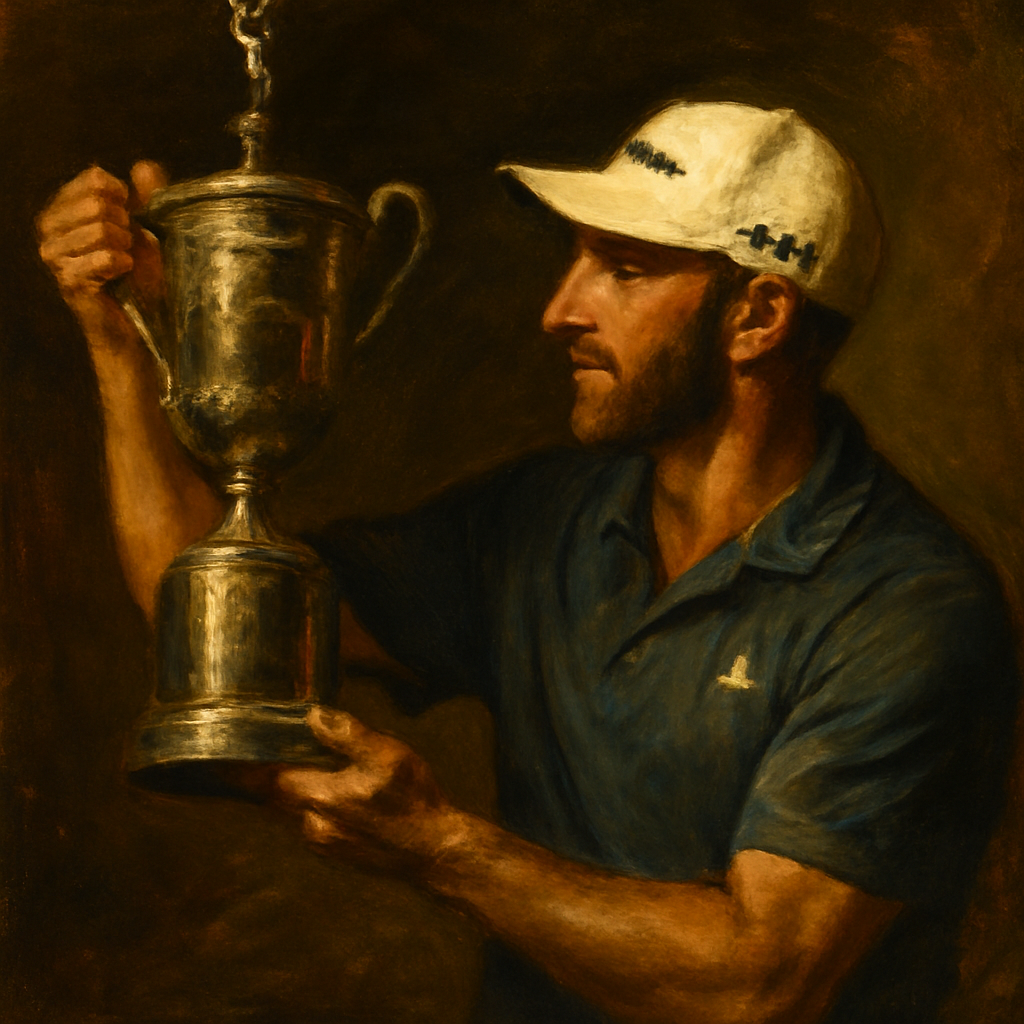OAKMONT, PA — There are few, if any, tougher or more uncompromising tests in golf than Oakmont Country Club, the storied venue hosting this week's U.S. Open. With its treacherous greens, punishing rough, and relentless bunkering, Oakmont has earned a reputation as the ultimate examination of a player's skill, patience, and mental fortitude. As two-time U.S. Open champion Curtis Strange once quipped, "This course challenges your sanity."
The Brutal Legacy of Oakmont
Oakmont, founded in 1903 by industrialist Henry Fownes, was designed with one goal in mind: to be the most difficult course in America. Fownes famously declared, "A shot poorly played should be a shot irrevocably lost." That philosophy is etched into every blade of grass at Oakmont, where even the slightest mistake is magnified. The course has hosted more U.S. Opens (nine) than any other venue, and its winners—from Ben Hogan to Johnny Miller to Angel Cabrera—are etched in golf lore.
What makes Oakmont so unforgiving? Consider these hallmarks:
- Lightning-fast greens: Oakmont's putting surfaces are legendary, often rolling at speeds exceeding 15 on the Stimpmeter.
- Church Pew bunkers: The course's signature hazard, a 100-yard stretch of deep, furrowed sand, punishes wayward drives.
- Thick rough: The primary rough is grown to 4 inches, while the intermediate cut ensures no shot is truly safe.
- Narrow fairways: Averaging just 25 yards wide, precision off the tee is non-negotiable.
A Mental and Physical Grind
Tiger Woods, who finished T2 at the 2007 U.S. Open at Oakmont, described the course as "the hardest golf course I've ever played, period." The mental toll is just as severe as the physical challenge. Players must navigate:
- Blind shots: Several approach shots require trust in yardage books over visual cues.
- Sloping lies: Even fairway shots often leave awkward stances, testing balance and creativity.
The 288-yard par-3 8th hole epitomizes Oakmont's cruelty. In 2007, it played as the hardest hole in U.S. Open history, with a scoring average of 3.8. As defending champion Geoff Ogilvy noted, "You can hit a perfect shot here and still make bogey. That’s the soul-crushing part."
Recent U.S. Open Battles
The 2016 U.S. Open at Oakmont saw Dustin Johnson overcome a controversial rules penalty to win his first major. Despite a one-stroke penalty for his ball moving on the 5th green (a decision debated for days), Johnson closed with a 69 to finish at -4—the only player under par. Runner-up Shane Lowry summed it up: "This place doesn’t give you anything. You have to take it, and DJ did that better than anyone."
Other memorable Oakmont U.S. Open moments include:
- 2007: Angel Cabrera’s gritty final-round 69 held off Woods and Jim Furyk.
- 1994: Ernie Els survived an 18-hole playoff over Loren Roberts and Colin Montgomerie.
- 1973: Johnny Miller’s historic final-round 63—still the lowest in major championship history.
Why Oakmont Stands Alone
Unlike modern U.S. Open setups that rely on excessive length, Oakmont’s defense is its timeless design. As architect Tom Fazio observed, "Oakmont doesn’t need tricked-up conditions. It’s hard because it’s honest." Key factors separating it from other majors venues:
- No water hazards: Danger comes purely from angles and contours.
- Minimal trees: Removed in the 1990s to restore Fownes’ original vision.
The USGA’s Mike Davis, former U.S. Open setup chief, admitted, "We don’t have to do much to Oakmont. It’s already a monster when it’s left alone." This year, with firm conditions and a forecast of swirling winds, scoring could be historically high.
Conclusion: Golf’s Ultimate Test
As the world’s best descend on Oakmont, they’ll face a course that demands perfection. Jack Nicklaus, who won the 1962 U.S. Open here, perhaps said it best: "You don’t win at Oakmont. You survive it." With its diabolical greens and relentless penal design, this week’s champion will need equal parts skill, grit, and luck to escape with the trophy—and their sanity intact.


